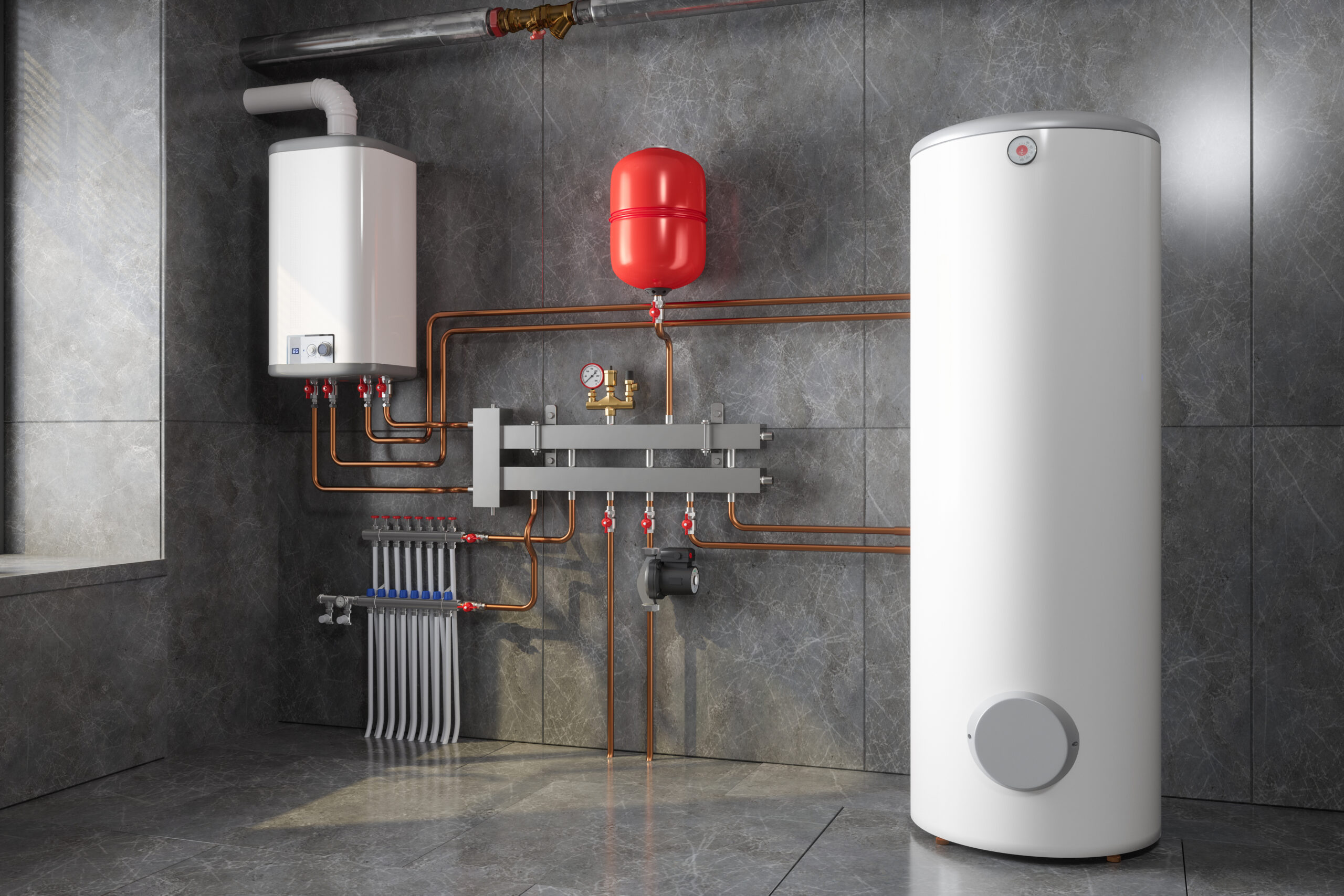Watch These Residential Demand Response/SmartGrid Trends

If executed properly, SmartGrid and demand response (DR) programs are critical tools in ensuring the evolution of the modern utility business model. If not, high capital costs and failed targets will result in organizational waste with minimal benefit to the utility or the ratepayer. In order to ensure that your utility ends up in the former category and not the latter, here are some key trends to watch for as you build your demand response/SmartGrid program.
Beyond AMI
Despite the rapid rise of new technologies in this space, Advanced Metering Infrastructure (AMI) continues to be the core focus of most utility demand response programs. Installing AMI provides a number of advantages to utilities around billing, load planning, and running basic DR programs. But it remains a high-cost / low-flexibility system that can create more problems than it solves.
Installing AMI is not only expensive but is also insufficient to meet the demands of more sophisticated residential customers. As smart devices become more ubiquitous, effective energy management platforms must assess energy use not just house-to-house, but also device-to-device. While AMI can link to some existing smart devices, its capabilities in this area are limited.
Because of this limitation, AMI’s ability to adapt to residential customer needs is almost non-existent. Technology moves quickly and customer tastes are fickle. This means that demand response programs must be flexible enough to react to shifts in demand usage, technology frameworks, and customer needs.
AMI is getting faster, to be sure, by delivering customer data back to the utility more frequently and efficiently. But in its current form, AMI does not have the breadth or flexibility to understand (and potentially control) a more technologically sophisticated home.
Beyond Thermostats
Even within more IoT-based demand response programs, there has been a disproportionate focus on the rise of smart thermostats. Yes, thermostats are important and they are, of course, a critical part of the home energy equation — but they are only one part. Successful DR programs must look at the wide variety of energy-consuming (smart) devices as they continue to advance within the home.
- Water heaters with their high energy use and more flexible use schedule are better energy stores (virtual batteries) and demonstrate lower impacts on a homeowner.
- While they are working off a small number today, residential EV chargers are being installed very quickly and represent huge load upside and (equally huge) operational challenges for utilities.
- Room A/Cs and Mini-split heat pumps can be used to retrofit existing homes for higher levels of comfort but also have substantial energy requirements that can be managed during demand response events.
The ability for a SmartGrid/DR program to speak to smart devices of any kind gives that program more potential to drive higher benefits for both the ratepayer and the utility.
Beyond Demand Response
It’s no secret that distributed power sources like residential rooftop solar or in-home battery systems catapult the complexity of residential DR to a broader load-balancing problem.
Effectively dispatching distributed resources creates enormous opportunities for both the utility and the homeowner. And as more utilities move in the direction of Time-Of-Use (TOU) pricing for residential customers (in addition to what is already provided to industrial and commercial users), more sophisticated dispatch and load balancing will be critical to designing effective incentive programs for ratepayers.
Demand Response & SmartGrid Conclusion
To say that this area is growing quickly is an understatement. The challenge for utilities is not just growing the breadth and depth of their SmartGrid/demand response infrastructure but building a system that
- is easily scalable,
- plays into buying patterns of its customers (i.e. smart devices) and
- has minimal upfront capital costs or NRE
This will allow utilities to ride the wave presented by these key trends, and create a Residential demand response/SmartGrid that is effective, sustainable, and beneficial to all stakeholders.





